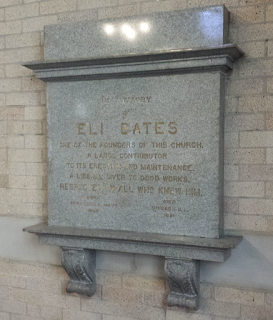In stone 'twas said that
four muses had Carl Linne.
Time stole them away.
--David Ratowitz*
The same year that Chicago's towering Ulysses S. Grant equestrian statue was unveiled, Lincoln Park also welcomed a memorial to a naturalist, donated by the Swedes of Chicago.
From 1891 to 1976, a portrait statue of Carl von Linne faced south, from the southeast corner of Fullerton and Stockton Drive. In March 1976, this massive form was moved to its new home on the Midway Plaisance at the University of Chicago.
 |
| Linne Statue at Fullterton and Stockton |
Carl von Linne (1707 - 1778) was a Swedish scientist, most famous for formalizing the system of naming plants and animals. His nicknames include: the Father of Taxonomy, the Flower King, the Prince of Botanists.
 |
|
Chicago's statue duplicates the Stockholm, Sweden bronze by Frithiof Kjellberg (1836–1885).
|
This duplicate of a Stockholm monument was designed to include four female figures to celebrate the four sciences in which Linne was distinguished: zoology, medicine, mineralogy, and botany.
 |
| The fifteen foot Linne figure atop the massive base reached a height of thirty-nine feet. |
The tired and true fate of these female forms is that they deteriorated and were vandalized. When the statue was relocated from Lincoln Park, the badly damaged muses were removed. The Swedish American Museum in Andersonville has remnants of these ruined forms on exhibit.
 |
| Image shows portions of the arms of the muses broken off. |
These zinc and iron muses were easily broken because they were models (from Sweden) intended to be used in casting permanent bronzes. Short on money and interest, the models were mounted in haste in March 1893, in preparation for the World's Fair that year.
With the permission of the Swedish American Museum, below are select images detailing these interesting lost figures. These images were captured by a ninety-one-year-old Selma Jacobson on her trip to Stockholm in 1983.
Zoology was focused on a butterfly with a crane-like bird at her side.
Mineralogy studied a quartz rock and had a map for reference.



Botany held a flower and a magnifying glass, and a flowering plant decorated the ground near her feet. (second photograph below is from another source)




Medicine grasped a mortar and the Rod of Asclepius (the snake and staff), a symbol associated with healing and medicine.




Next time you visit the Midway Plaisance at the University of Chicago, look for this massive likeness, a fifteen foot portrait mounted to a height of thirty-nine feet.
Since 1982, Chicago has a second memorial of the Swedish scientist. The Chicago Botanic Garden hosts "Carolus Linnaeus" by Robert Berks (1922 - 2011).
To see the Frithiof Kjellberg (1836–1885) statue with all its intended glory, there is always the original in Stockholm.
 |
| Linne statue Stockholm (1885) |
Thank you to the Swedish American Museum for access to their archives and for allowing me to post these images.
*Thank you to David Ratowitz for the awesome haiku!
**Selma Jacobson spearheaded the work of documenting, preserving, and celebrating the history and traditions of Chicago's Swedish community. Her efforts resulted in the realization of the Swedish-American Museum in Andersonville and of the Swedish-American Archives of Greater Chicago at North Park University.
 |
| Another Linne statue in Lund, Sweden (1977) |
More history on Linne and other Lincoln Park statues is documented in Giants in the Park.
www.GiantsinthePark.com

















